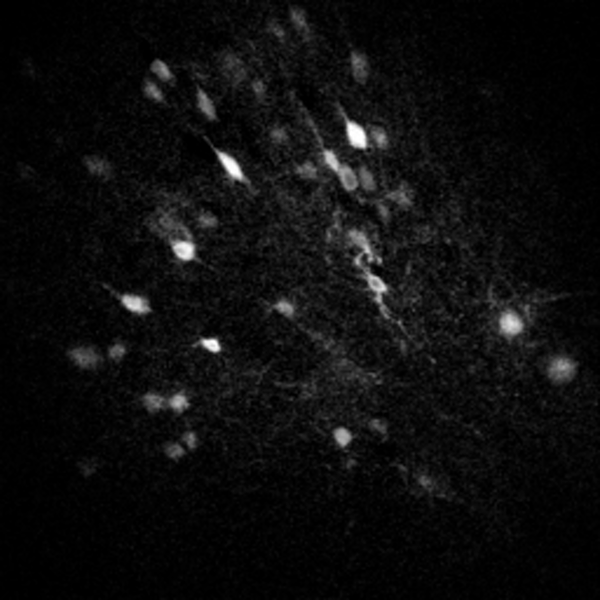Research
Research focus
Functional and biochemical mapping of neural circuits regulating motivation
Neural circuits can be described by their wiring (inputs/outputs), function (spiking activity), and molecular makeup (gene expression and protein localization). Each of these components is critical for enabling the brain to function as a regulator of behavior. While emerging technologies allow us to interrogate these components individually at great depth, a major challenge remains to bridge all three types of information on a cellular level.
To address this need, our lab applies new molecular and optical approaches based on synthetic biology to investigate cell-types within the brain that help coordinate animal behavior.
We focus on technologies that record information about spiking activity and receptor activation in the transcriptome of individual neurons. Then using high-throughput molecular profiling such as single-cell RNA sequencing or proteomics, we can discover the cell-types, protein-protein interactions, or cell surface markers present in neurons activated during specific behaviors. This information can then be harnessed to develop new technologies for targeting brain region- and cell-type specific neurons with engineered probes or cells.
Examples of ongoing research projects include :
What are the biochemical properties of a population of neurons defined by their function during behavior? Does perturbing these properties affect the circuit’s ability to encode and drive behavior?
What are the shared molecular markers among neurons that are activated across the entire brain during behavioral state changes? Can these markers identify a mechanism important for coordinating global internal and behavioral state dynamics?
To address questions like these, our lab also engages in need- or hypothesis-based tool development. Get in touch to learn more.
Approaches
Synthetic biology & protein engineering
We develop and apply molecular circuits to detect calcium activity, receptor activation, or small molecules in vivo. We start by designing and cloning new protein modules, then we generate AAVs in-house and test them in cultured neurons and in mice. Engineers work closely with biologists in the lab to facilitate the design-and-test process for new tools.
2-photon imaging & mouse behavior
Real-time imaging is the main approach used in our lab to record neural activity in awake behaving mice. We perform head-fixed 2-photon microscopy and freely-moving multi-fiber photometry. With both methods, we integrate simultaneous optogenetic stimulation. We design tasks to study motivated behaviors compatible with imaging.
Single-cell RNAseq & data analysis
To link neural dynamics with molecular information, we perform high-throughput singe-cell RNA sequencing of neurons that have been tagged with an activity-dependent transcript during a behavioral session. We apply dimensionality reduction and machine learning techniques to analyze large scale neuronal and transcriptomic data sets.




